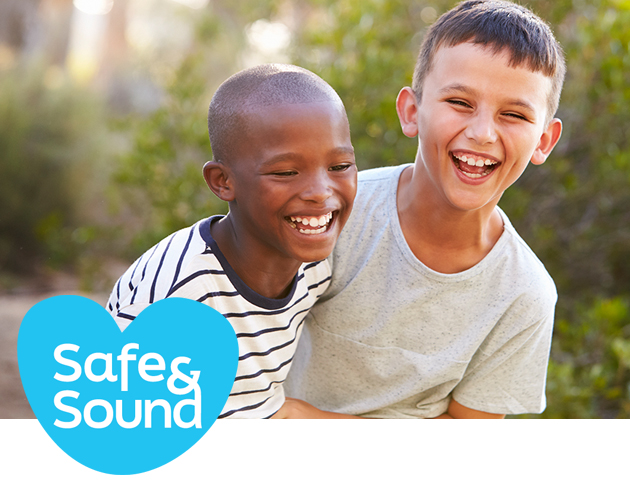- 541-734-KIDS (5437)
- Report Abuse

Today we’re talking about healthy relationships.
Did you know that healthy relationships (being in one and observing them) are a critical protective factor against child abuse? When your child understands and experiences healthy relationships, they are better able to understand when a relationship is unhealthy. Help your child recognize red flags, and you make it much harder for an offender to gain your child’s trust.
We have so many opportunities to demonstrate the characteristics of a healthy relationship to our kids. It begins at home, when a child is still in infancy, but can continue until, well, forever. The person (or people) caring for a young child teach early lessons about love and trust. As a parent, grandparent or caregiver, your relationship serves as a foundation for many of the other relationships your child will experience. These other relationships can include:
Hallmarks of healthy relationships are trust, honesty, compromise, individuality, anger control, good communication, and mutual respect. Talk about these characteristics with your child, and try to model these in all of your relationships.
As you teach your child about healthy relationships, it’s just as important to help them recognize the red flags that warn us of unhealthy relationships. These red flags can be present in any type of relationship—so you should be able to talk about them with kids of any age.
Watch the recommended video(s) and have a conversation about the relationships in your child’s life.
Young kids: DANIEL TIGER’S NEIGHBORHOOD | Friends Help Each Other (Song) | PBS KIDS
Younger school-age kids: Video Lesson – Friendship Soup Recipe: A NED Short
Older school-age kids: Healthy vs Unhealthy Relationships
Tweens and teens: What Makes A Relationship Healthy?; What Teens Think About: Healthy Relationships; That’s Not Cool TV
That’s it for Day 4! See you tomorrow!